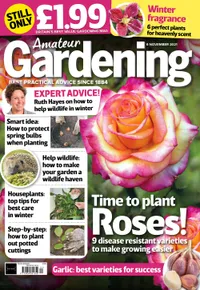The time to go peat free is approaching, but what does it mean for gardeners?
Is multi-purpose peat-free compost a direct replacement for peat and do we know how to use it? Amateur Gardening's editor Garry Coward-Williams investigates
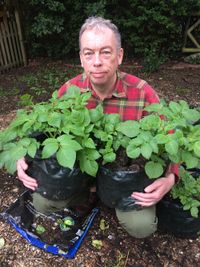
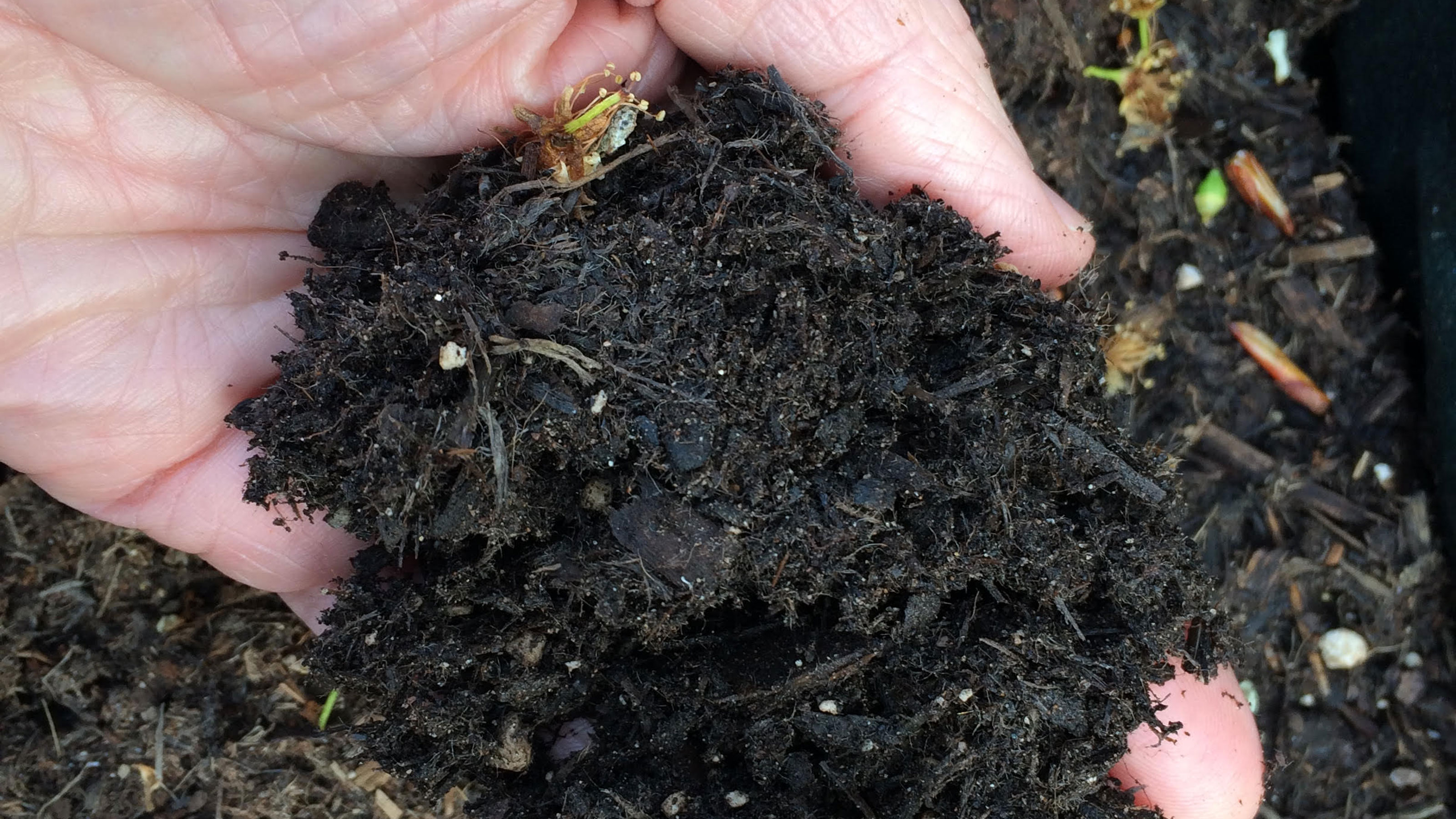
By 2024 the use of peat in all forms of compost for non-commercial use will be banned in the UK if the current government plan announced in December 2021 comes to fruition.
This is right for the environment, as peat bogs are exceptional storers of carbon and we need to drastically cut carbon emissions. The move is supported by many gardeners who rightly care about the environment. However, once they actually start to use peat-free compost, they may be a little less enthusiastic.
For as long as most of us can remember, peat-based multi-purpose compost has been a fairly cheap commodity that you get at the garden centre, DIY store or even the supermarket. The discerning gardener might opt for a quality mix like Westland’s Jack’s Magic, but many are just as happy with a cheaper own-brand option, often sold as a three-bag special deal for about £15 or less. Whether a posh mix or a cheap own-brand, it does the job, everyone knows how to use it and everyone’s happy. This is going to change and it's likely to have an impact on your crops and your pocket.
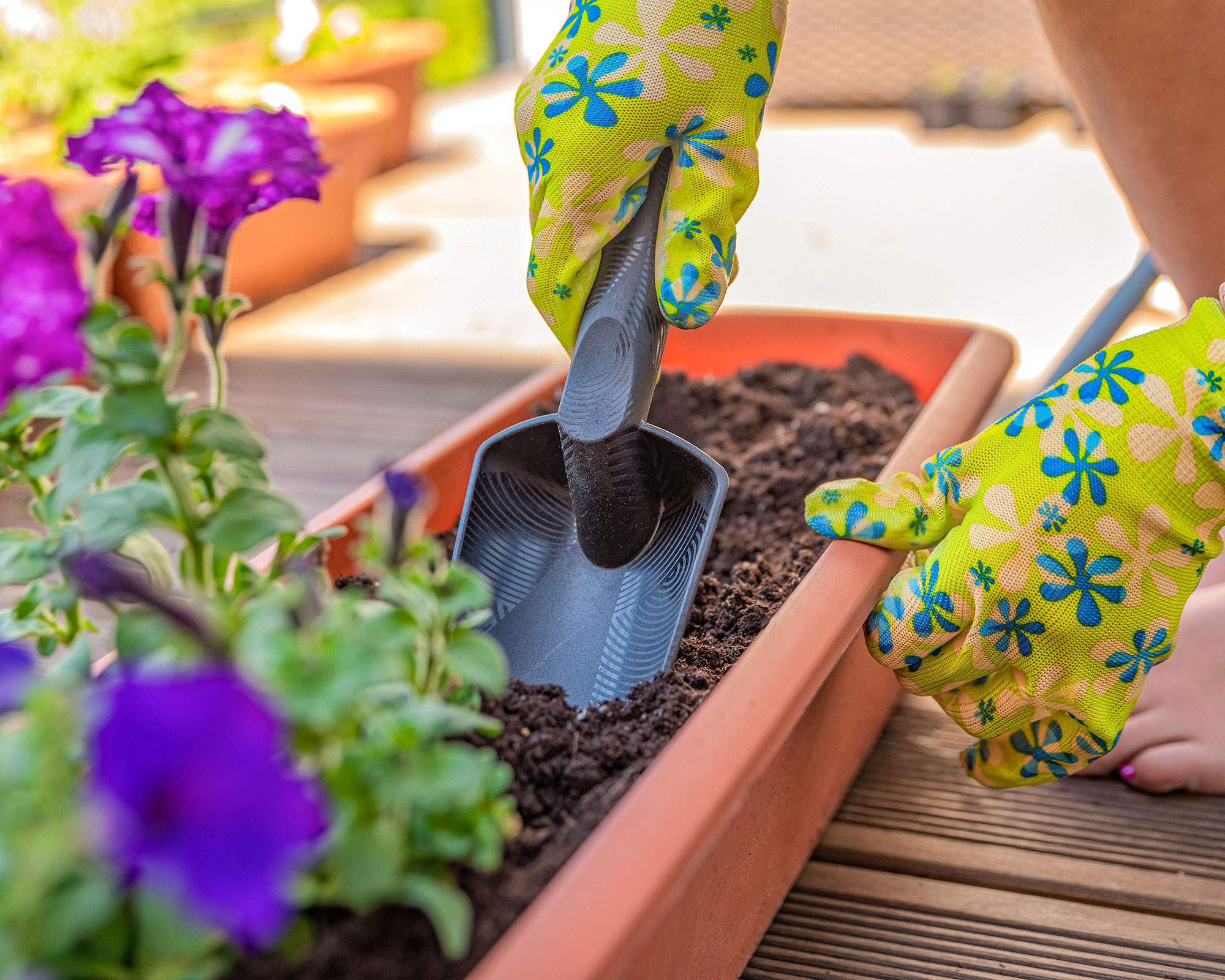
Why peat free is not a like-for-like replacement
Having bought compost in this way for years, consumers just think of it as bags of ‘dark brown crumbly stuff’ that they use for everything from container gardening ideas and hanging baskets to soil regeneration, but they have never had to think about what is actually in that ‘stuff’ and how its composition needs to be treated to get the best result.
I think the gardening public currently see ‘peat free’ in a similar way to a ‘brand’ as though it was all one product – rather than the disparate group of products that bear the name peat free but other than that have little relation to each other.
The description peat free covers a diverse set of recipes, often with different watering and feeding needs. Moreover, producers are promoting their peat-free products as though they are a like-for-like replacement and they are not. I don’t think the public understands what they are buying at all.
There is no set standard for the contents of peat-free compost. It can contain anything from green waste, fibrous coir, wood fibre, bracken or sheep’s wool. Most of these materials have benefits, but none of these alternatives replicate the core beneficial properties of peat: which is even distribution of water and prolonged retention of important nutrients. And all the various recipes need to be treated differently.
What was once a simple exercise of buying bags of multi-purpose compost is now a complex selection choice that will require trial and error to get the product that is right for you.
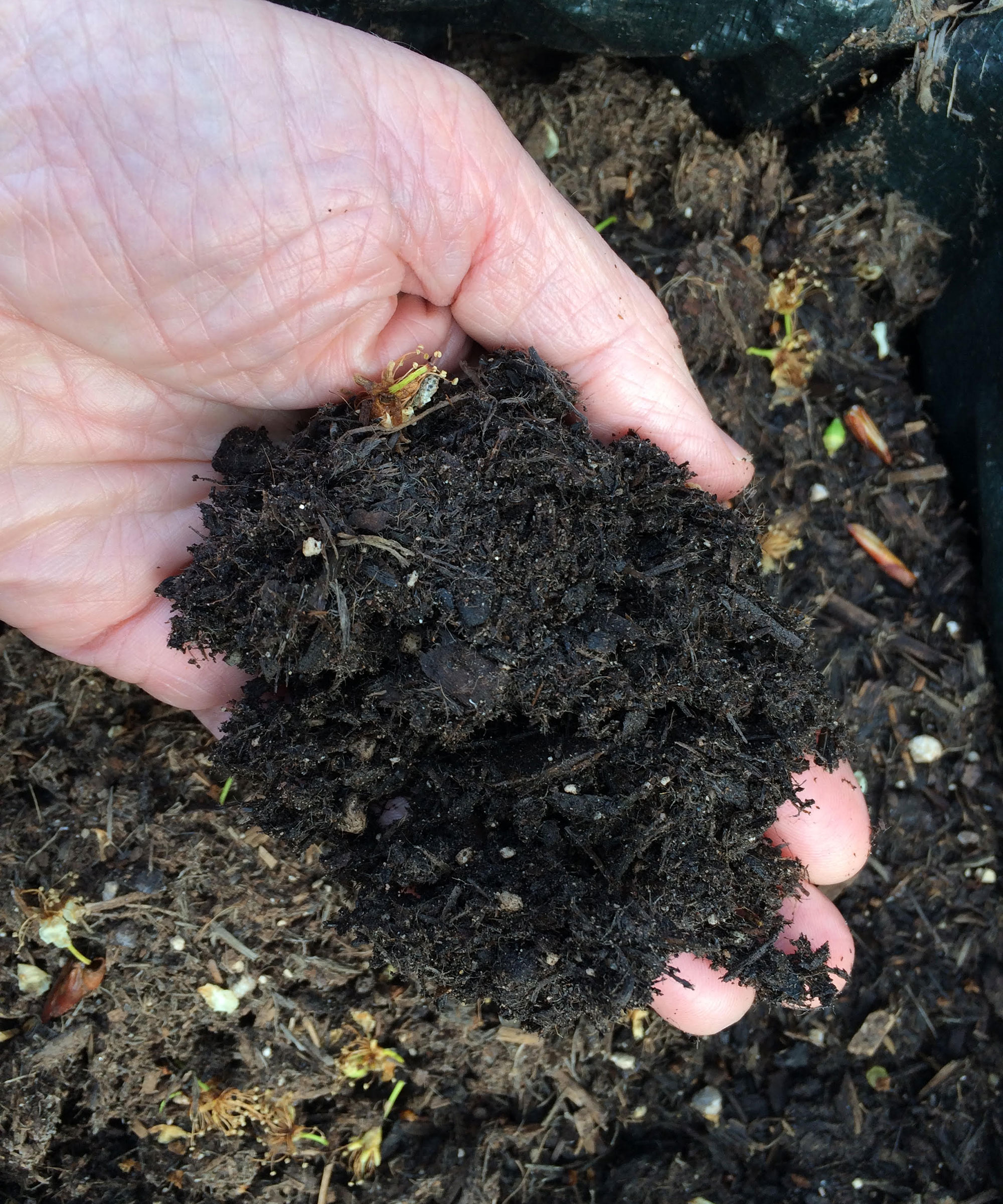
Why peat-free compost will cost more
There's no doubt that peat-free compost will cost a lot more. Steve Harper, CEO of peat-free specialist Southern Trident, predicted industry-wide price hikes in a recent issue of Amateur Gardening. He suggested that a 50-litre bag could rise from an average of £6 to as much as £9 in the UK.
He also explained that coir, one of the most popular peat-free ingredients, is a by-product of the coconut industry, mainly imported from Sri Lanka and it had gone up in price by 20-25% due to increased shipping costs. Wood fibre and bark, other key ingredients, had risen to 20-30% as producers are competing for resources with the construction industry.
Also, in the UK, another popular peat-free ingredient, green waste, has been in short supply due to local councils suspending domestic green-bin collections due to the shortage of lorry drivers.
The extra expense isn’t just about the cost of the bag you buy. Another reason peat free will cost more is the need to add a lot more plant food for fertilizing plants throughout the growing process. Some producers suggest more than double the plant food and in some cases it will need to be the producer’s own-brand product – which won’t be cheap.
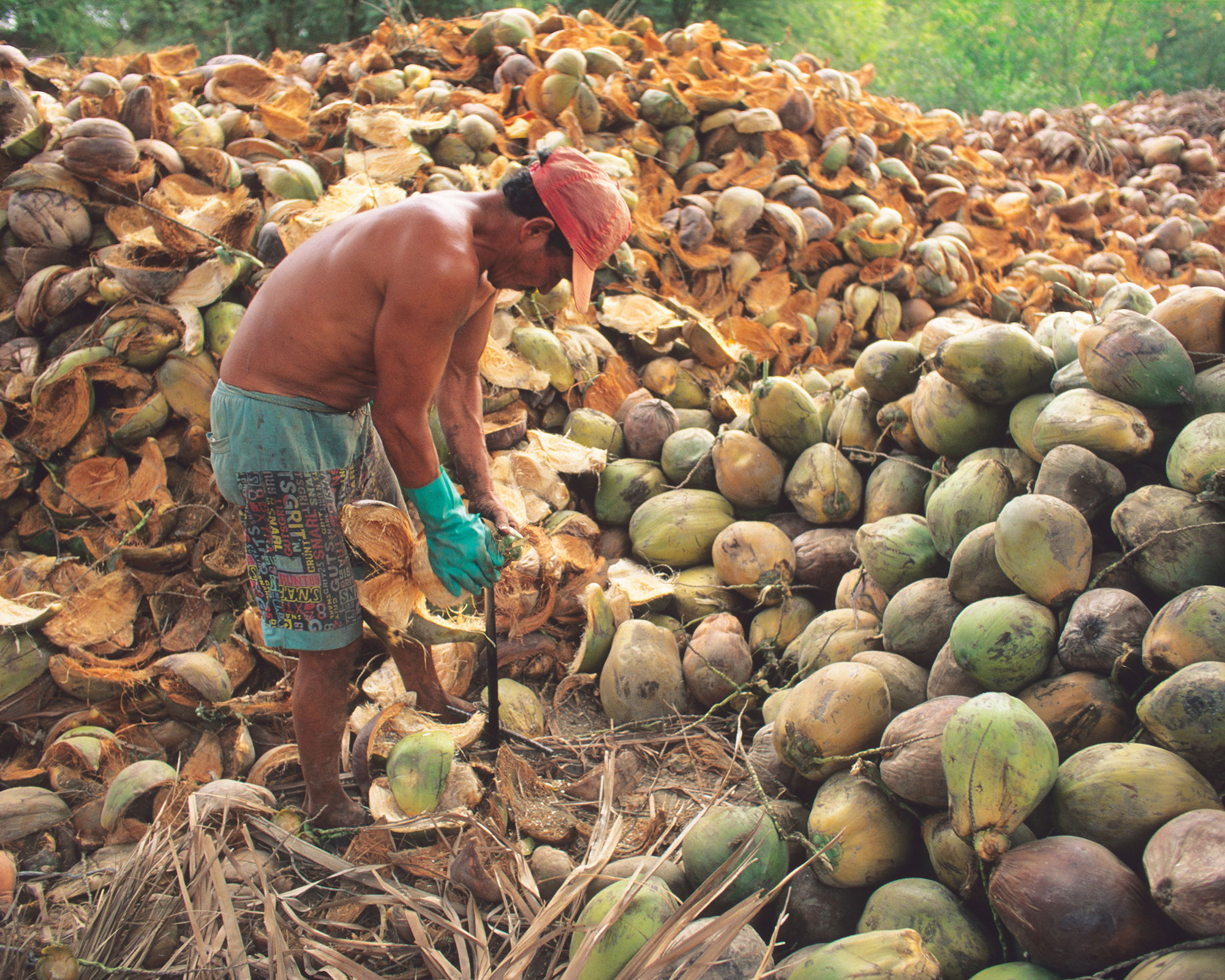
Lack of clear guidance on how to use peat-free compost
When it comes to actually using peat-free compost in their pots, garden borders and flower beds, I think the consumer will have an unexpected challenge. I think many will just use peat free in the same manner they did peat-based products and not be aware that watering and plant-food regimes need to be different (depending on each brand recipe). But unfortunately this is not very well explained on the packaging.
I have pointed out to several of the producers that none of the packaging on peat-free compost explains how the user should treat their product in relation to how they previously used peat. A representative of one of the key players in the market, whose product I had used and failed with, confessed that this was the case.
Another, Catherine Dawson of Sylva Grow said: 'The editor [of Amateur Gardening] is right — what we don’t say is that if you are used to using peat compost, here’s what you need to know about ours.'
This is quite an admission when you consider that this should be the most important thing to tell the consumer. And if they weren’t using peat before, what were they using! One market-leading brand’s packaging is chock-full of catchy slogans and mysterious funky-sounding trademarked formula names, but no clear advice.
Perhaps the most extraordinary answer to why no clear advice is given comes from Neil Bragg of the Growing Media Association, who explained that the omission of this content was probably due to lack of space on the packaging. Does he know how large a 70-litre bag is? Surely how to use the contents of these completely new recipes in relation to how the consumer previously used peat must be the first thing to put on the bag?
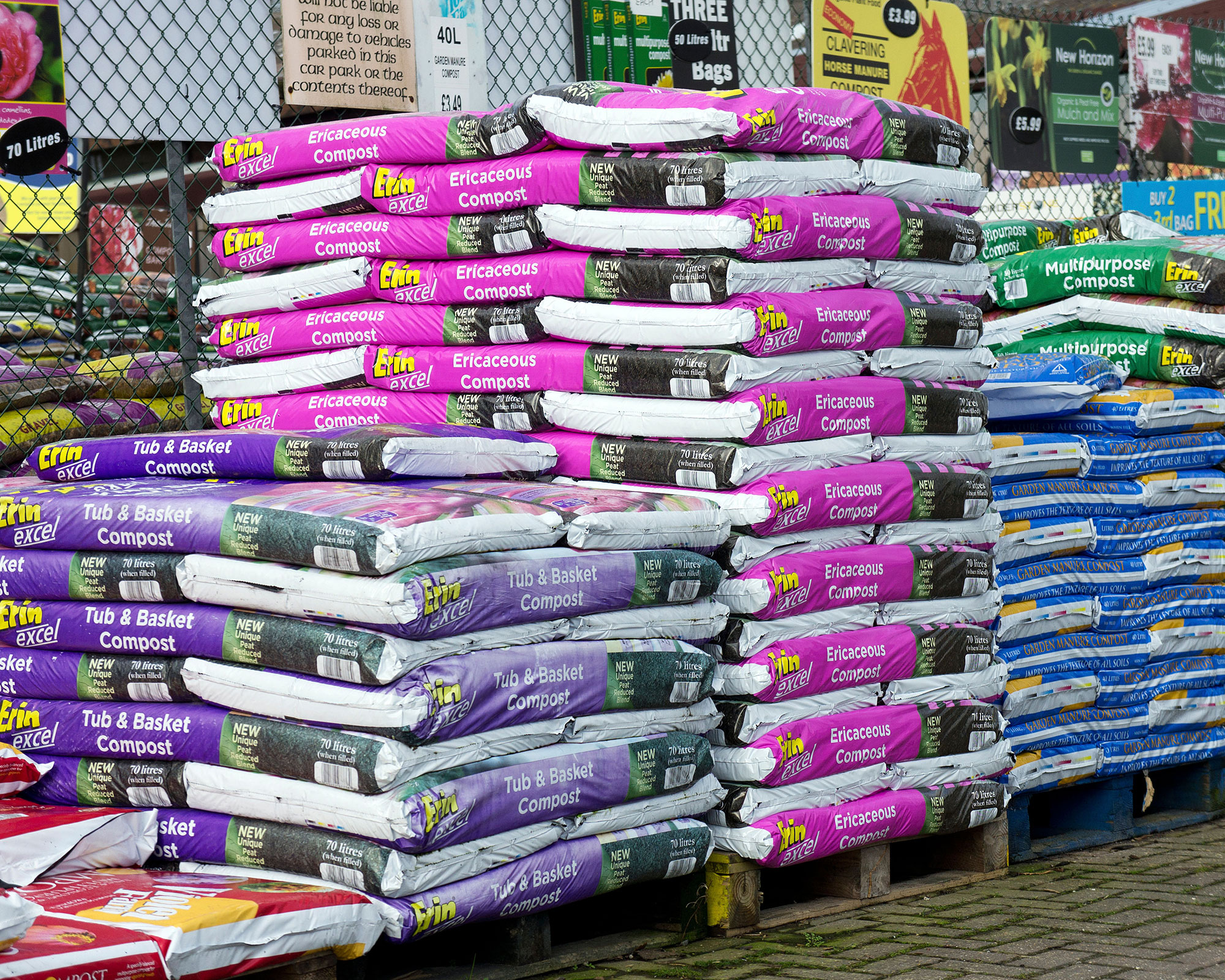
My own experience with peat-free compost
In 2021 I conducted my own test of peat-free compost by growing vegetables in pots. I opted for potatoes and had six containers using peat-free and six in multi-purpose peat compost. A couple of weeks into the test I noted that while the peat compost was holding its water, the peat-free compost was dry at the top. Later I discovered it was drenched with water at the bottom of the container.
Clearly it does not hold water in a uniform manner. This means the nutrients will drop to the bottom of the bag with the water. At the end of the test I only managed about half the crop of potatoes in peat-free compost that I got in the peat compost.
Dr Anton Rosenfeld, Knowledge Transfer Officer at charity Garden Organic, said peat alternatives such as coir, composted bark, wood fibre and green waste composts behave differently. 'Plants in peat free tend to need feeding sooner,' he explains. 'Peat composts contain controlled-release fertilizer, but organic peat-frees may need feeding after three weeks, although it varies from brand to brand. Green-waste compost contains a lot of nutrients, but they are released more slowly, especially nitrogen, so they may need an initial boost of feed.'
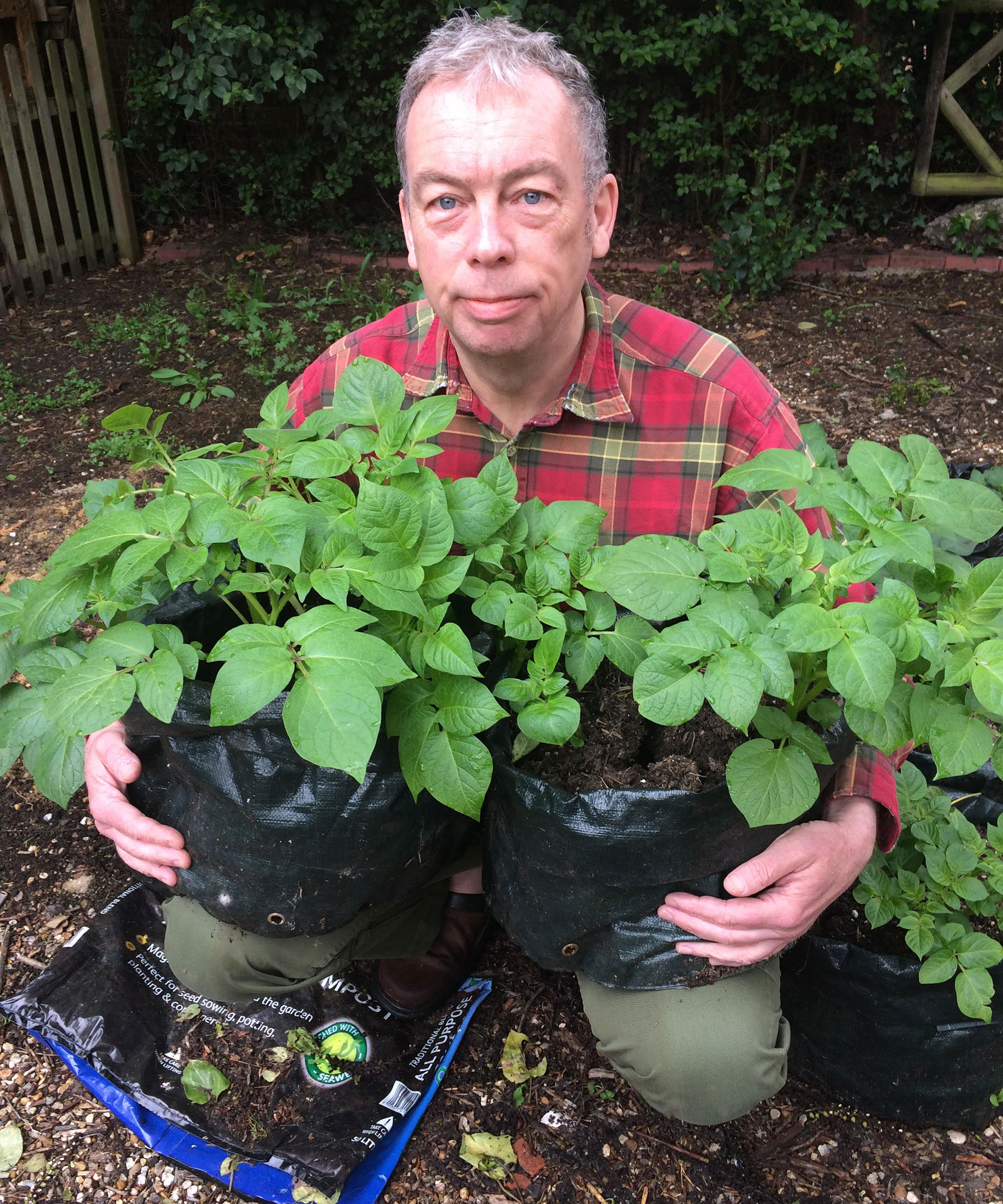
What Amateur Gardening readers say about peat-free compost
When I asked the Amateur Gardening readers to tell me their experiences of using peat free the responses were not very positive.
One reader, Simon Landers said: 'The results have been very disappointing. It seems as if the peat-free compost requires more water and certainly much more feed and from an earlier time.'
Brian Harden said: 'What a disappointment it has turned out to be. Plants and tomatoes in the greenhouse have struggled to survive or just died off despite extra watering and feeding.'
Their feelings are summed up by Kathleen Drever who opined: 'I can only say that if it doesn’t get any better than this, I will probably not bother growing my own any more. I am all in favour of peat-free, but it needs to be much better than this.'
Part of my failure and probably theirs was down to us treating peat-free compost as though it were peat. Also, the lack of clear instructions on the packaging and the producer’s over-enthusiastic claims of their products being straight replacements gave users a false confidence about ease of use and non-specific details on watering and feed regimes.
However, not all perspectives are negative. The Gardens Group chain of garden centres in southern England said its in-house nurseries have been using a peat-free compost for over two years, successfully producing hanging baskets, patio plants, bedding and bulbs. Asked how this was achieved, managing director Mike Burks said: 'Different watering and feeding regimes needed to be learnt. This was carried out by very close monitoring – and some trial and error!'
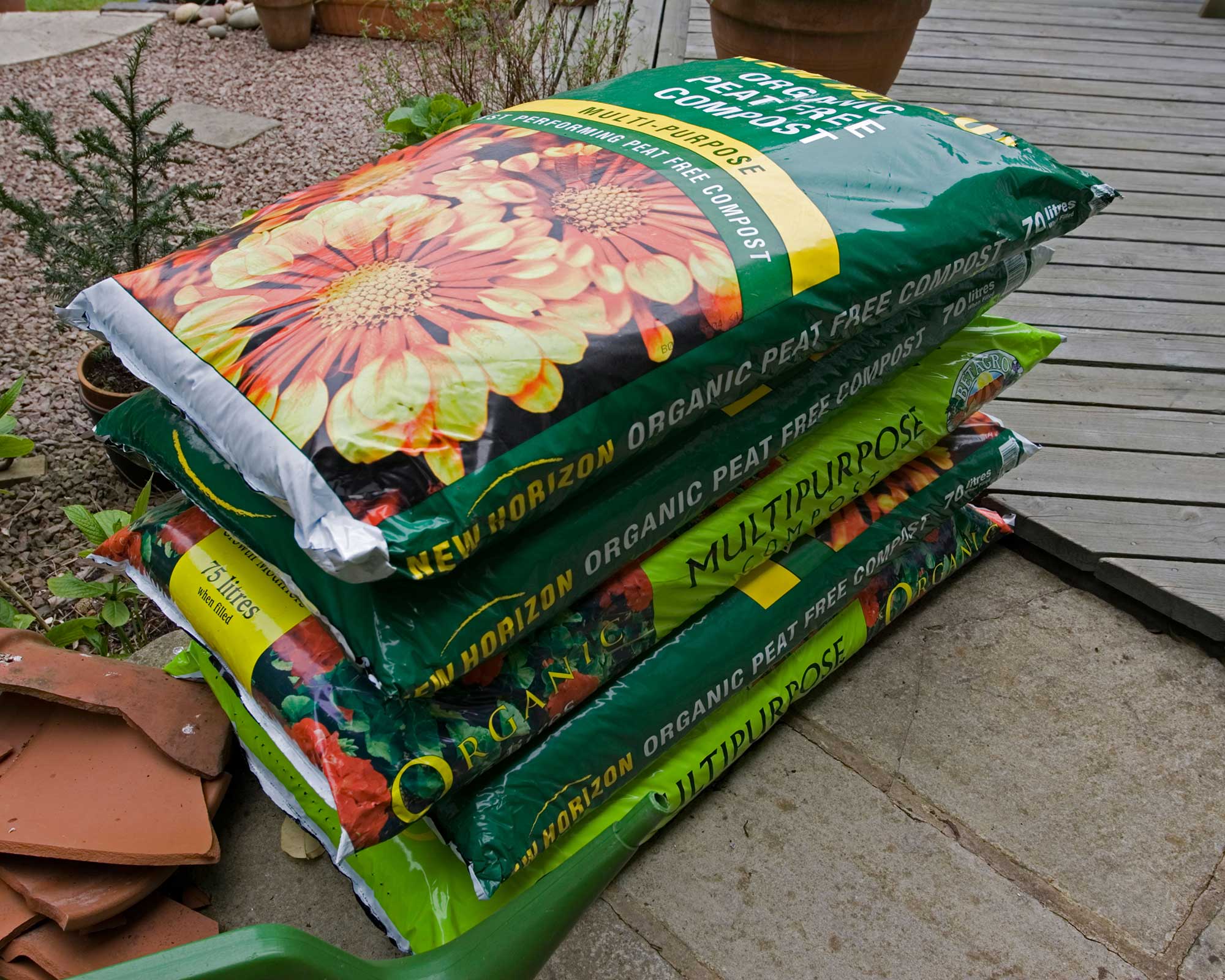
My peat-free compost key findings
- No peat-free multi-purpose compost currently replicates the water distribution and nutrient-holding properties of peat compost.
- There is no set recipe for peat-free compost – every producer has their own unique mix of ingredients that need to be treated differently.
- There is no guarantee of consistency of content with many peat-free brands because producers have problems sourcing consistent volumes of materials. That is one of the reasons they are shy about declaring the exact mix of contents on the bag. Also, the bags are produced a year in advance to save money – another reason to be coy.
- Some peat-free compost contains green waste, which is consumer garden waste bought from local councils. This material may contain weeds, micro-plastics and fungal diseases. However, councils state that high temperatures during processing kill off microbes, weeds and diseases, and screening removes remaining contaminants.
- Some peat-free products contain coir – which has to be shipped across the world from Sri Lanka and therefore may not be the right choice for those who are keen to create a sustainable garden and want to avoid options with environmentally bad footprints.
- No producer currently explains on the bag how the consumer needs to use their material compared to how they used peat.
- Retailers need to give clearer information at point of sale, so consumers better understand what they are buying and how it needs to be used.
- Peat-free compost will cost significantly more than the cheap peat-based compost gardeners were used to buying. Gardeners will also have to invest in buying more plant food to make up for peat-free’s current inability to hold on to nutrients.
- Basket and container plants in peat-free compost will have to be fed more often because peat free does not have the nutrient-storing properties of peat.
- There is no current peat-free seed compost that is the equal of peat for growing vegetables or flowers from seeds.
- Producers are working hard and spending vast amounts of money to develop better peat-free products.
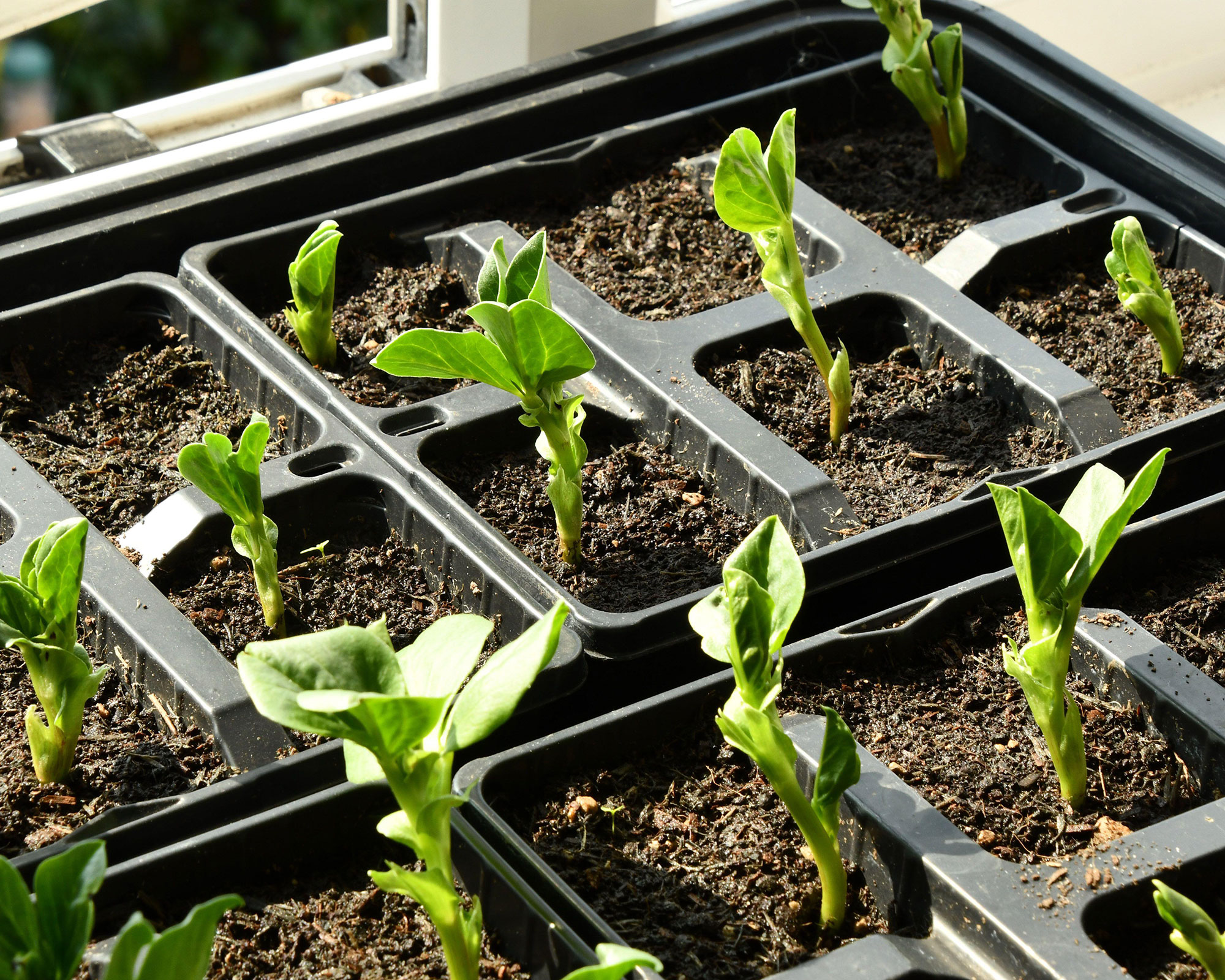
What's next for peat free?
I don’t believe that the peat-free composts currently available are a true like-for-like replacement for multi-purpose peat compost for the general gardening public. I think some of the compost producers have over-sold their products as direct replacements – and they are not. I also think they have to work harder to educate consumers on how to effectively use their products.
Producers also need to work hand-in-hand with retailers to create clear point-of-sale information to properly inform consumers and to help them understand that they need to treat peat-free compost differently to how they used peat compost in the past.
The big producers in the market have invested millions of pounds into development and research, and they know they must get it right — there is no room for bad product. Once peat is banned, if crops habitually fail, people will cut back on gardening and the producers will sell less product. I know from talking to producers that there is a lot of work being done on creating new feed and water-retaining agents that could make a big difference. We still have about two years before we have to make the change.
So where does this leave the gardener who just wants to be able to enjoy growing plants as before in their flower beds, pots and kitchen gardens, but using the current peat-free multi-purpose? First, forget about the idea of buying cheap – it will be a complete waste of time and you will lose crops. Cheap compost and the days of three bags of good brown crumbly stuff for £15 are gone and are unlikely to return.
As a case in point, Amateur Gardening tested five lesser-known brands of peat-free sourced from B&Q and Lidl – where one would expect a bargain – and the results were very poor. One brand, Grandiol peat-free multi-purpose from Lidl scored 0! Our horticultural expert Steve Bradley said: 'This sample was poor. It contained a lot of black sticks almost like charcoal, plus smaller fibrous pieces. When the pots were watered the compost slumped!'
So buyer beware. You need to pay the extra, choose a top brand, get to know it and understand how to make it work – then stick with it. Buy in large batches too as you currently cannot guarantee consistency in the mix of contents.
Steve Bradley will be testing all the current main brands in the late spring of 2022 for Amateur Gardening and we will endeavour to make sure readers are properly informed about the best performing products so they can make the right choice for their own gardens. A case of watch this space.
Subscribe to Amateur Gardening
Take out a subscription to Amateur Gardening today and you'll also receive a free £10 e-gift card (UK only).
Packed with practical, in-depth advice, it's perfect for anyone who is passionate about gardening and wants ideas and tips on how to make the most of their garden.
A subscription is the best way to ensure you don't miss out on any of this expert gardening content.
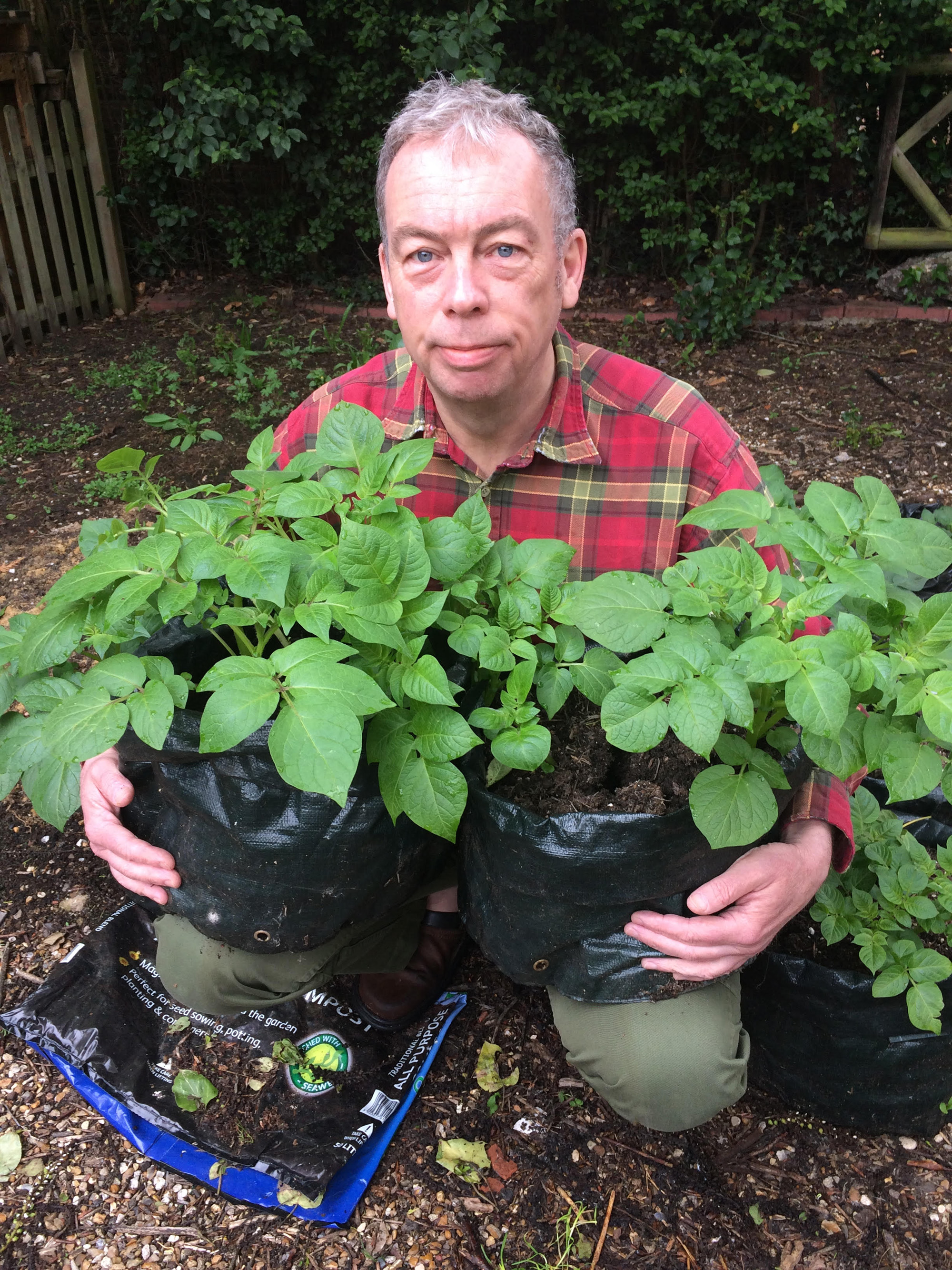
Garry has been the editor of the world’s oldest gardening magazine for the last four years, delivering weekly practical content to a vast audience of garden enthusiasts of all abilities. There is always something to do in the garden, even in the depths of winter, and most of his time out of work hours is devoted to improving his own garden.
